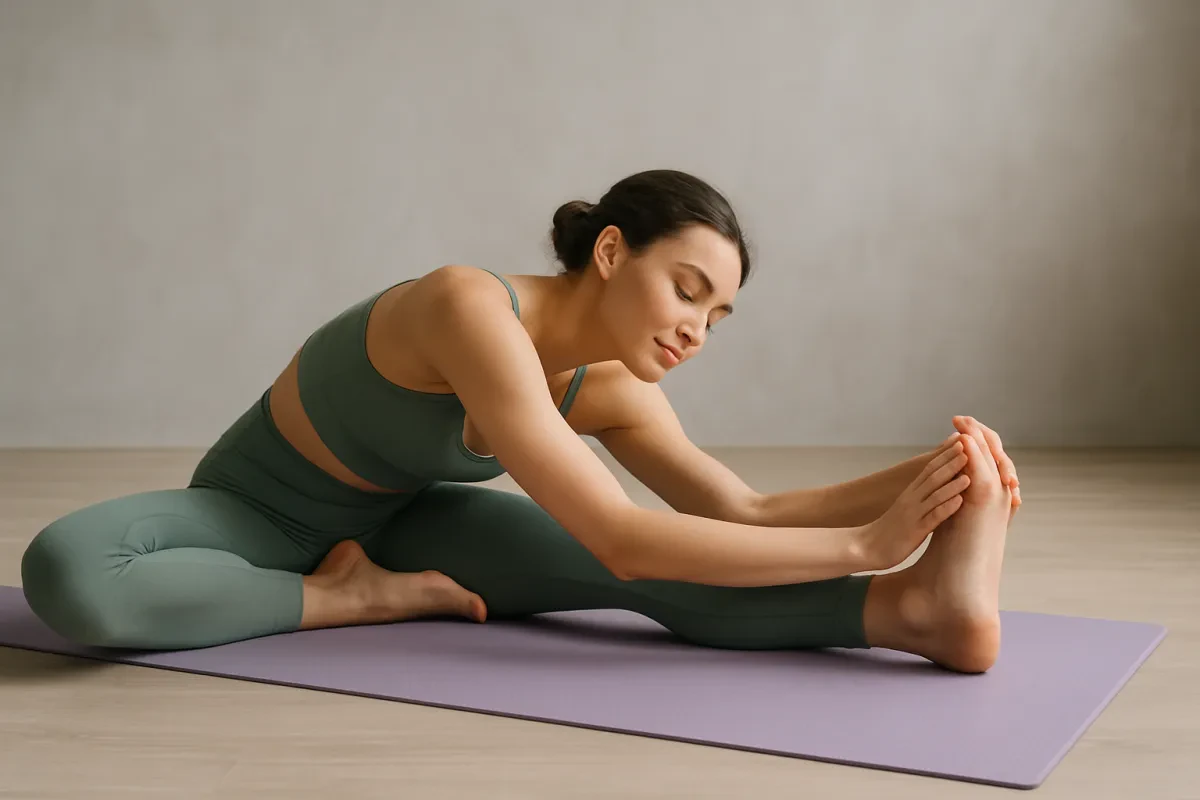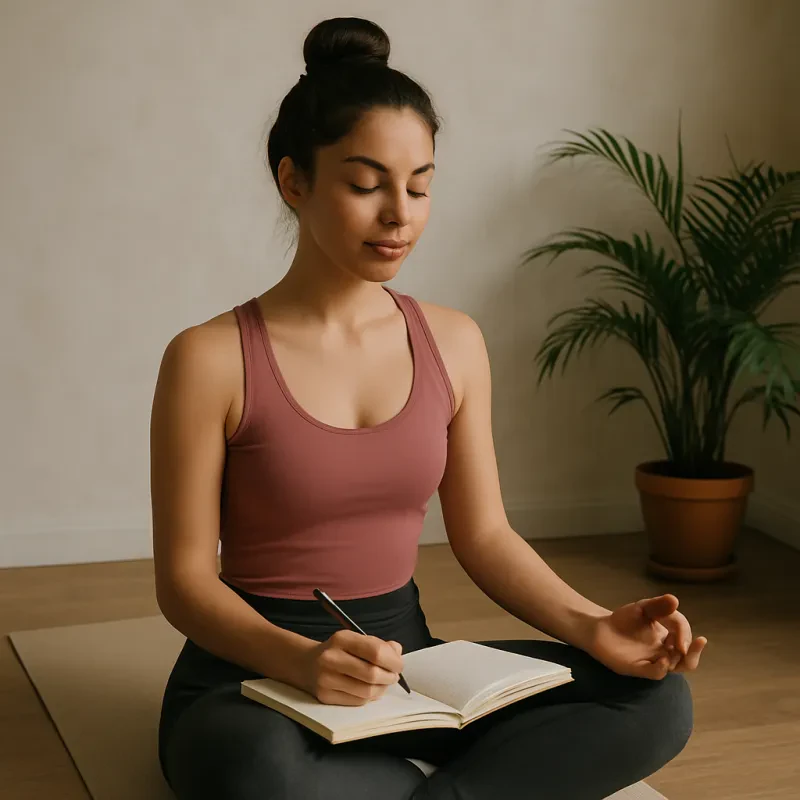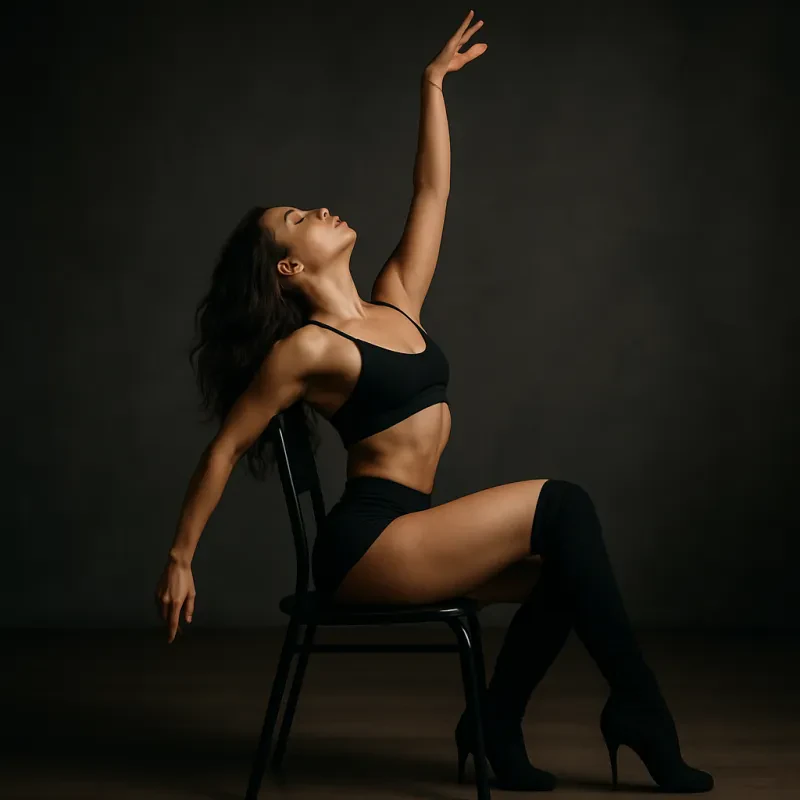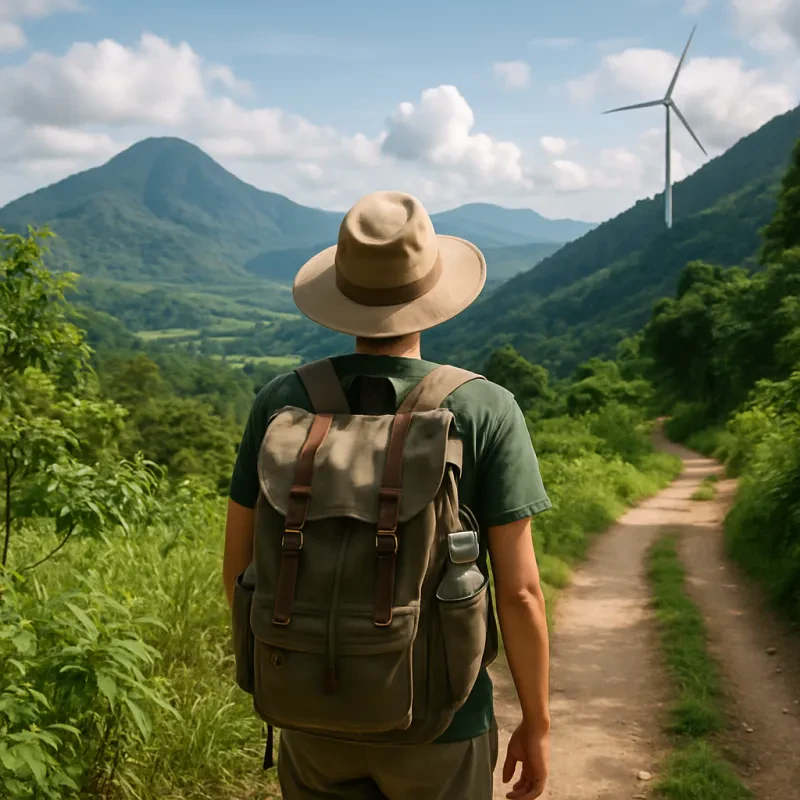Yoga is a practice that involves physical, mental and spiritual practices that originated in ancient India. Yoga promotes physical, mental and emotional flexibility, which can help reduce stress and improve overall wellness. Flexibility is very important in yoga, as it allows you to move freely and achieve poses with ease. In this article, we will be discussing the best types of yoga that can help improve your flexibility.
Flexibility is essential when practicing yoga, as without it, poses may be impossible to achieve and can be extremely challenging due to muscle stiffness. Furthermore, if you are flexible, it can help you avoid injuries, as the body is better able to adjust to changing positions. Therefore, finding the right type of yoga for flexibility is key.
Benefits of Flexibility
Finding an appropriate yoga style to increase flexibility is a great way to improve your physical and mental health. Improved flexibility can allow you to perform everyday tasks with ease, reduce the risk of injuries, improve performance in exercise, and heighten your mental alertness.
Physical Health
Yoga is known to improve physical health in several ways. It will increase the range of motion of the body, enabling you to move easier in everyday tasks. It will also improve posture, balance, coordination, and strength.
Mental Health
Flexibility and mobility gained from doing yoga can also help reduce stress levels. It helps to relax the mind and body, improving mental alertness and helping with mental clarity.
Injury Prevention
Improved flexibility will also assist in reducing the risk of injuries. This is because when the body is flexible, there will be less strain on the muscles and bones, which reduces the chance of tearing or straining something.
Different Types of Yoga
Hatha
Hatha is a traditional form of yoga that works to harmonize the body, mind, and spirit through physical postures and breathing exercises. Through connecting body and breath, one can reach greater relaxation and mental clarity. Ashtanga, Vinyasa, and Iyengar are all subsets of Hatha.
Iyengar
Iyengar yoga is a slower, more methodical style of yoga that uses props such as blankets, belts, blocks and even chairs to empower all body types and levels. With this style of yoga, form and alignment are crucial. Postures are held for longer, breathing exercises are used to utilise the breath as a form of therapy, and sequences of postures are often practiced so that one can move through entire asanas (postures) with the breath.
Ashtanga
Ashtanga is a physically demanding style of yoga that links breath and movement. Ashtanga is best known for its “Sun Salutations”, a series of postures that are repeated during each practice. Ashtanga is great for developing stamina, coordination and flexibility.
Vinyasa
Vinyasa is a dynamic type of yoga that focuses on unifying movement with your breath. This yoga style is in constant flux, and involves a continual, flowing sequence of postures that transition from one to the other. Vinyasa is best for developing cardiovascular strength and muscle endurance.
Kundalini
Kundalini is an ancient form of yoga that connects more to the spirit as opposed to the physical body. This practice focuses on creating an energy release from the body by using specific postures, breathing exercises, mantras and chanting. Kundalini is best for those looking to strengthen their connection to the spiritual realm.
Best Yoga Poses for Flexibility
With the right approach to yoga, nearly anyone can improve their flexibility. The best type of flexibility will come from a combination of movements that increase awareness in your muscles, allow you to elongate them, strengthen them and learn to use them in different combinations. Here is a list of some of the best yoga poses for flexibility.
Sphinx Pose
The Sphinx Pose is a basic beginner’s level pose which helps to stretch out and extend the spine. It is great for improving posture and developing a more upright posture.
Cobra Pose
Cobra Pose is a great yoga posture for stretching out your lower back and abdomen. It also helps to build strength by engaging the muscles in your back.
Bridge Pose
Bridge Pose is an intermediate level posture that is great for strengthening the hips, buttocks, and back. It also helps to increase focus and concentration.
Bow Pose
Bow Pose is an advanced posture, which allows you to reach deeply into your spine while also stretching the muscles and tendons in your back. It is excellent for improving flexibility in the back, chest, and legs.
Upward Facing Dog
Upward Facing Dog is a pose that is often used for a warm up or a cool down. It is a great pose for stretching out your shoulder and chest muscles, as well as improving shoulder mobility.
Revolved Side Angle
Revolved Side Angle is an intermediate level posture that is excellent for stretching out your hips and opening up your chest and shoulders. It is a wonderful posture for increasing core strength and stability.
Pigeon Pose
The Pigeon Pose is an amazing posture that helps to stretch and massage deeply into the hips and groin. It is great for increasing your flexibility while also providing relief to any built up tension in the lower body.
Healthy Posture
When doing Yoga, having a healthy posture is essential. Keeping the body in a correct posture not only helps to prevent injuries, but also ensures that you achieve the maximum benefit from the Yoga posture. Good posture helps protect the spine and muscles from stress, posture-related problems, and pain. To maintain a healthy posture, here are some tips:
Keep your shoulder blades together and down, your chest open, and your lower back slightly arched
Keep your abdominals tight to protect your lower back
Keep your chin slightly tucked, and your neck in line with your spine
Hold your arms and legs in place by engaging your core muscles
Remember to keep your core muscles engaged throughout the yoga posture to ensure that you have proper form and that your posture is healthy and energized.
Focus on Breath
When it comes to yoga for flexibility, the most important thing you should remember is to focus on your breath. Not only does paying attention to your breath bring awareness to the present moment, it can actually help you deepen your yoga poses and stretches, giving you more flexibility over time.
The most effective way to breathe in yoga is through your nose and out through your mouth. Start by taking deep breaths, allowing your belly to expand as you inhale and relax as you exhale. As you begin to move, focus on each breath, let it flow naturally with each pose. This will help you to go further and deeper into the pose, so that you can benefit the most from it. Make sure to never miss a breath; focusing on regular and conscious breathing is the key to developing greater flexibility in your body.
In addition to helping you increase your range of motion, focusing on your breath during yoga can also help to relax your body and mind. As you practice yoga for flexibility, you may face some discomfort, but your breath can help you to relax and slip into a meditative state, allowing you to go deeper into the poses and benefit more from your practice.
Sequence Ideas
It can be a challenge to create an effective yoga sequence for flexibility. However, you can use the following sequence ideas to create a powerful and effective routine for yourself.
Beginner Standing Series - Start with some standing poses, such as Warrior I, Warrior II, and Side Angle. Perform 3-5 rounds.
Dynamic Core Series - Move onto a more active core series, such as Five-Pointed Star, Moonlight, and Happy Baby. Perform 3-5 rounds.
Dynamic Hip Series - Next, focus on hip-opening with poses such as High Lizard, Low Lizard, and Pigeon. Hold each pose for 10-15 breaths.
Spinal Twists - Spend some time opening the spine with twists like Revolved Triangle and Winding Snake. Hold each pose for 5-10 breaths.
Resetting & Relaxation - End the practice by allowing the body to reset with poses such as Supported Fish & Supported Bridge. Hold for 5-10 breaths.
By following the sequence listed above, you will be able to create a powerful and effective yoga practice for increasing flexibility and range of motion in the body.
Cooling Down
Once you have finished the yoga practice for flexibility, it is important to cool down your body before ending the session. Start with a few minutes of deep breathing to relax the mind and release any tension that has built up during your practice. Next, come into a supported Child's pose and take a few moments to rest and listen to the natural rhythm of your breath. Allow yourself time to take in the effects of your practice before transitioning to a seated forward fold and side to side spine spinning series.
Finally, you will want to end in a comfortable relaxation position such as Savasana for a few minutes to let your body sink into the effects of your practice. This will help your body to restore balance, reducing any pain and strain that may have been a result of your practice.
Tips for Success
If you are looking for ways to increase your flexibility, yoga is an excellent way to do just that. Incorporating regular physical and mental exercises can help improve your overall flexibility and quality of life. Here are some tips to get the most out of your yoga practice:
Warm up before doing any yoga poses. Do some light stretching or a few laps to increase blood flow throughout your muscles, followed by several rounds of deep breathing.
Focus on the basics. It's important to establish a strong foundation before attempting more advanced poses. Working on basic postures and alignment is key to avoiding injury and making progress.
Train regularly. To see the most benefit, practice yoga a few times a week. Aim for 2 to 3 classes a week, or fit in one at home with some simple stretches. Stick with it consistently for the best results.
Listen to your body. Yoga is not a competition. Pushing yourself to the limit is not necessary or recommended. If your body is telling you to take a break or adjust a posture, pay attention and do so.
Set attainable goals. Aim high with realistic expectations. Set a goal for yourself, such as learning a new pose, and work toward it gradually.
With dedication and practice, you will soon recognize progress in your flexibility and yoga practice. Enjoy the journey!
Conclusion
Yoga is an excellent way to improve flexibility. Different types of yoga can be tailored to each individual’s needs, offering a range of options from gentle stretching poses to intense flow sequences. With regular practice, you can improve your flexibility, strength and balance, as well as calming and clearing your mind. Remember to start off slow and be gentle with your body, and take rests when you need them.



